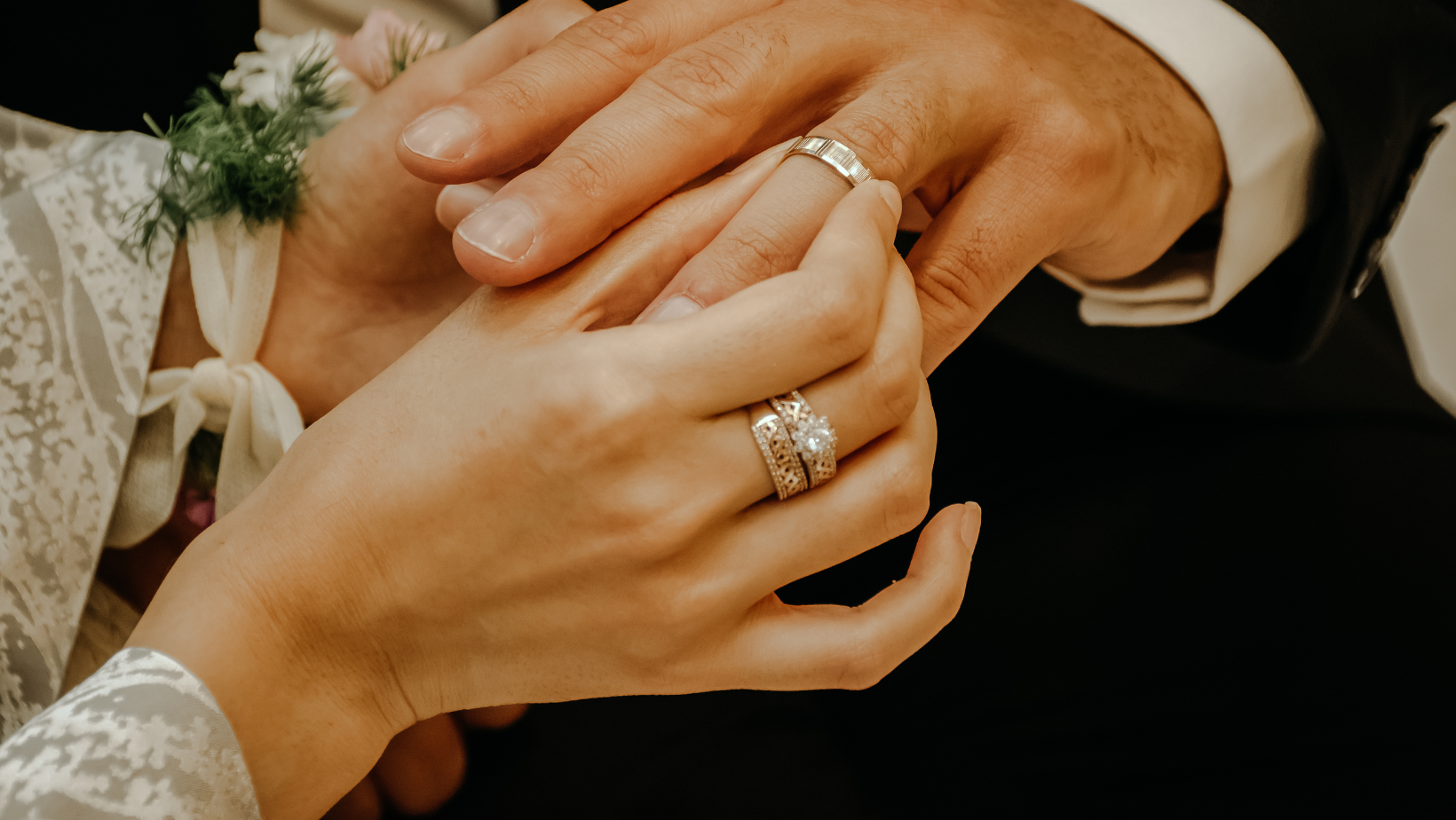Cap flap fitting cost ranges from £45 to £65 and can be a suitable step if you want to make the life of your cat hassle free.

Cat flap repairing or new cat flap installation should be done by a professional. The reason is that if a non-qualified person does the job, the door might get damaged. Besides, professional cap fitters can perform the task very neatly. So, to ensure that you and your cat are happy, make a small investment and hire a professional fitter.
Cat flap repairing advice
Normally, cat flap repairing does not involve any rocket science. You need to use some elbow grease or oil. However, at certain times, cap flap replacement becomes necessary. The cap door fitters you choose will be able to help you decide which route to take. The general overall cost of repair or installation is quite low.
Cap flap mechanism
The only thing that costs a considerable amount is the cat flap mechanism. Although cat flap installation or repair costs are quite the same for all types of models, the price of different models is not the same. Below you can see the different types available and the estimated cost to buy one.
The classic cat flap is nothing more than a two-way pet door that allows your cat to come into the house whenever it decides to. These conventional cat doors are relatively inexpensive to buy and perfectly sufficient if there are not many other cats around your property that could enter your home through your cat flap. Another disadvantage is that these cat doors do not offer the same control as more high-tech cat flaps, which also offer protection from bad weather.
Lowest Price: £10
The lockable cat flap allows to either keep the cat inside or outside the house. This ensures that your cat stays where it should when it is required. Locking cat flaps usually comes with some security barrier or cover to keep other animals outside the property at night and offer protection against bad weather.
Lowest Price: £10
Infrared cat flaps are more expensive, but they give your more control over which animal enters your property through the cap flap. These cap flaps work with an infrared key that needs to matches one of your pets for the pet door to open. Each infrared key comes with a color code, depending on the frequency that it uses, so that you can check the color of your neighbor’s cat flap, too, to change the color of your cat’s key when both are the same. There is also the option of buying more than one key if you want to allow your relatives’ or friends’ cats to be able to access your home too.
Lowest Price: £50+
Magnetic cat flaps allow your pet to enter the house through the cap flap using a special collar or tag. However, bear in mind that the system can take a little time to recognize the cat, which means that it will not enter and exit the property instantly. Furthermore, as with infrared cat flaps, other pets in your neighborhood might have the same magnetic device so that they could still come into the house.
Lowest Price: £20+
Microchip cat flaps are the most expensive option but also the one that offers the higher control. These cat flats work either by placing an electronic tag on the cat’s collar or by embedding it under the cat’s skin. Each microchip is coded only to your cat to prevent other pets from accessing your home, even they follow behind your cat. You can also program microchip cat flaps to work with different animals in your household.
Lowest Price: £50+
DIY Pet Door Installation
- First of all, make sure you carefully and properly measure the size of your pet. All cats and dogs vary significantly in size, and you need to be sure they can use the pet door easily and without the risk of harming themselves. If you have more than one pet you want to use the door with, be sure to measure the largest animal for the sake of the door’s measurements.
- Now choose your door from a local retailer or wholesaler. Doors come in a range of designs and materials, and you’ll want to find one that blends neatly with your existing home décor. Doors should be two inches wider and two inches taller than the final pet measurements you’ve come up with.
- Once you have the kit at home, draw a template onto the door in the exact position you want it installed. Mark the position of any screw or drilling holes that need to be inserted before installation begins.
- Cut into the door frame (being careful to avoid the drill holes) using the pet door outline or frame as a stencil or guide. Be sure to sand down any rough edges afterward, and make sure you only cut into the door once you’ve established that it won’t damage the overall structure and security of the fitting as a whole.
- Next, insert the outer frame of the pet door from the exterior side of the property. If the cut-out has been done properly, this should fit neatly into the existing hole in the door – if it doesn’t quite slot into place, you might need to sand down the hole or cut off an additional section (again, be careful to measure this first).
- Now you can insert the inner frame with the flap and hold the door into place while drilling and tightening all the necessary bolts and screws to hold the three sections securely in place. A single screw should extend right to the outer frame and be capped on the interior side of the property.
- Before finishing, you can add some extra caulking to prevent any air leaks or additional holes from forming around the pet door throughout its use. Make sure you leave this to dry and settle before you let your pet approach the fitted door.
- Finally, it’s time to teach your pet how to use the pet door. This may take a little perseverance, as some animals can be reluctant to try something so new – but with a little goading and positive reinforcement, there’s no reason they won’t be using it independently in just a couple of weeks! If you need extra help, there are several online guides aimed at helping your pet become accustomed to using such a device.
Of course, installing a new pet door can be a tricky business, especially if you fit it into the front door of a property (which – for security reasons – isn’t always advisable). If you lack the necessary DIY experience in this area, you can always hire a professional contractor to fit the door for you instead. This might seem a tad unnecessary for such a small home improvement, but they’ll be able to fit the door quickly and without running the risk of damaging the main door – giving you a little extra peace of mind.
Having a pet can be extremely nice and bring in lots of improvement in your daily routine. Sometimes pets can also be useful, so don’t be discouraged from installing a little entrance all for them.
In which doors can cat flap doors can be fitted?
- uPVC Door Panels
- Glass Doors
- Wooden Doors
- Aluminum and Metal Skinned Doors
- Composite Doors
- Porches
- Conservatories
- Windows
- Double/Single Glazed Units
- Sliding Patio Doors
- French Doors
Why Choose A Professional Cat Flap Fitter
Many homeowners might think that attempting to DIY the project will save them money, but they often end up spending more time and money than expected.
- Cat flap installation only.
- Supply & installation of cat flat.
- Replace existing cat flap in original panel
- Removal of the existing cat flap and installation of new uPVC panel, glass, etc
We hope that you find the above cat flap door fitting cost advice useful enough. Remember, if you cannot do the job yourself is is always worth trying to have a professional fitter to do it for you. It is really worth the investment to make your cat happy!



More Stories
Loving Lately: Twisted Taper Candles
Expanding Outdoor Living Space With a Poured Concrete Patio
What You Should Know About Heat Pumps